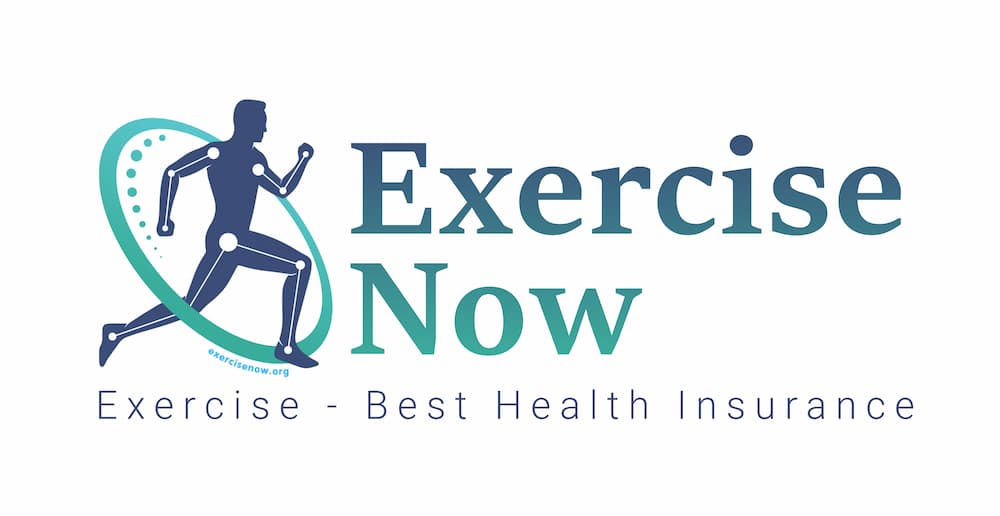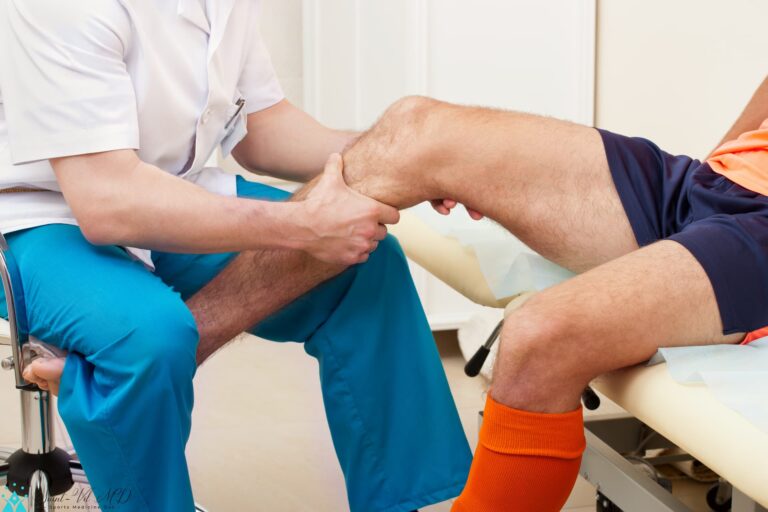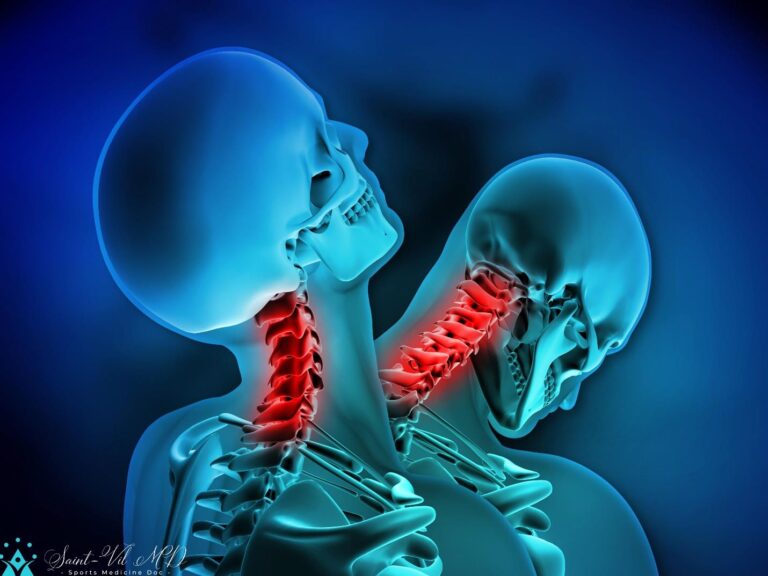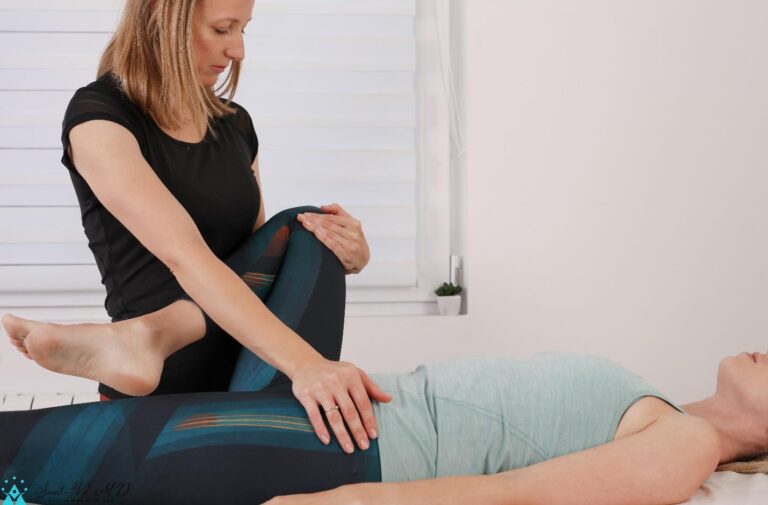
How exercise can decrease the risk of
breast cancer
Breast cancer is the second most common cancer among women after skin cancer. The chances that any woman may die due to breast cancer are 1 in 39 in the US. Yes, these numbers are massive and cause for concern1.
Each year, about 287 000 new breast cancer cases are diagnosed in the US, and about 43,000 breast cancer-related deaths. However, things are not that gloomy, and about 3.8 million breast cancer survivors live in the US1.
Breast cancer is generally first diagnosed after the age of 60. It means that the risk of breast cancer increases significantly after menopause. Hence, postmenopausal women must regularly undergo annual checkups.
Though breast cancer is first diagnosed in middle-aged and older women, it occurs due to
changes in the body that start happening much earlier. Therefore, the earlier one starts
exercising, the better it is. Dietary measures and exercise are among the most effective ways to prevent breast cancer.
Can exercise reduce breast cancer risk?
It is a valid question if exercise can really reduce breast cancer risk. However, before we look into the evidence, it is vital to understand that multiple risk factors are associated with breast cancer. Some, like genetics and aging, cannot be altered. However, like most cancers, it also has much to do with lifestyle choices. Breast cancer risk is also higher in those with a sedentary lifestyle
There are already studies that show exercise benefits. One of the most extensive meta-analyses that looked into 38 studies that included 116,304 breast cancer cases found that those who exercised regularly had a significantly lower risk of breast cancer. It appears that 150 min a week of exercise may reduce breast cancer risk by 9% and by 18% in those who did not opt for hormone replacement therapy (HRT)2.
Further, studies show that it is never late to start exercising. Exercise is also good for preventing breast cancer in postmenopausal women. The most extensive studies that followed-up 95,396 women for 20 years found that breast cancer was more likely to occur in those with sedentary lifestyles, and exercise significantly reduced breast cancer risk3.
How does exercise decrease the risk of breast cancer?
Exercise helps reduce breast cancer risk in more than one way. First, if one exercises
consistently, it results in many changes in the body.
Exercise helps improve hormone levels
One of the main reasons breast cancer occurs in postmenopausal women is the high level of freely circulating sex hormones like estrogens, progesterone, androgens, and even growth factors. Studies suggest that regular exercise reduces the level of circulating hormones, thus reducing the risk of breast cancer4.
Exercise prevents insulin resistance
Those who do not exercise are more likely to develop insulin resistance. As a result, these
individuals may have higher blood glucose and insulin levels. Studies suggest that insulin
resistance may increase breast cancer risk by 30-60%5. Such a risk may be even higher in postmenopausal women, as one can understand that cancer risk also increases with hormonal changes and aging. Additionally, middle-aged and older women are more likely to be obese.
Exercise reduces inflammation
Exercise also reduces low-grade chronic inflammation. It can also boost immune responses. Those who exercise are less likely to have various chronic inflammatory conditions. They also have better immune responses.
In recent years, researchers have started understanding that low-level inflammation is a sign of immune dysregulation. This ultimately increases the risk of many health conditions, including cancers.
Exercise improves metabolic health
In the US, women are more likely to have metabolic health issues in middle age and later. Some of the common signs of metabolic health issues are obesity, high level of bad cholesterol, high blood pressure, insulin resistance, and much more.
Many studies show that BMI greater than 30 or obesity is associated with higher breast cancer risk. There are many reasons for increased risk, like higher inflammation, altered immunity, insulin resistance, and changes in hormonal health6.
Exercise is one of the most effective ways of improving metabolic health. It helps even when all other measures fail. Moreover, it is worth understanding that medications have a limited role in managing metabolic syndrome.
Therefore, to reduce breast cancer risk, one should exercise 150-300 minutes a week, reduce body mass, and control blood pressure. In addition, keeping cholesterol levels in check is also essential, as high cholesterol indicates poor metabolic health.
Exercise slows down aging
No one can stop time, but one can slow down aging and even reverse metabolic aging. There are many mobile apps these days that show metabolic age. If metabolic age is lower than true age, it means that one is healthy and at a lower risk of any kind of cancer, including breast cancer7.

Exercise reduces stress & mood disorders
No one can negate that exercise can improve mood, reduce anxiety, and even help counter depression. However, mood disorders would ultimately affect health and immunity and increase cancer risk.
These days, chronic stress is especially common. Studies show that those with higher stress hormone levels, that is, with elevated cortisol levels, are at an increased risk of breast cancer irrespective of sex hormone level8.
Exercise not only reduces the stress hormone level but also increases endorphins, which means less inflammation, pain, fatigue, and better mood. Endorphins can also help prevent cancer8.
Conclusion
Breast cancer occurs for many reasons like inflammation, altered immune responses, aging, and genetic causes. Exercise can modulate some of these factors. Studies suggest that they might help reduce breast cancer risk by as much as 20%, which is massive.
Additionally, one should not forget that exercise prevents breast cancer and is one of the most effective ways of reversing age and preventing different cancers and other ailments.
References
- Breast Cancer Statistics | How Common Is Breast Cancer? Accessed November 4, 2022. https://www.cancer.org/cancer/breast-cancer/about/how-common-is-breast-cancer.html
- Pizot C, Boniol M, Mullie P, et al. Physical activity, hormone replacement therapy and breast cancer risk: A meta-analysis of prospective studies. Eur J Cancer. 2016;52:138-154. doi:10.1016/j.ejca.2015.10.063
- Eliassen AH, Hankinson SE, Rosner B, Holmes MD, Willett WC. Physical activity and risk of breast cancer among postmenopausal women. Arch Intern Med. 2010;170(19):1758-1764. doi:10.1001/archinternmed.2010.363
- Swain CTV, Drummond AE, Boing L, et al. Linking Physical Activity to Breast Cancer via Sex Hormones, Part 1: The Effect of Physical Activity on Sex Steroid Hormones. Cancer Epidemiol Biomarkers Prev. 2022;31(1):16-27. doi:10.1158/1055-9965.EPI-21-0437
- Pan K, Chlebowski RT, Mortimer JE, et al. Insulin resistance and breast cancer incidence and mortality in postmenopausal women in the Women’s Health Initiative. Cancer. 2020;126(16):3638- doi:10.1002/cncr.33002
- Yee LD, Mortimer JE, Natarajan R, Dietze EC, Seewaldt VL. Metabolic Health, Insulin, and Breast Cancer: Why Oncologists Should Care About Insulin. Frontiers in Endocrinology. 2020;11. Accessed November 4, 2022. https://www.frontiersin.org/articles/10.3389/fendo.2020.00058
- Courneya KS, Karvinen KH. Exercise, aging, and cancer. Appl Physiol Nutr Metab. 2007;32(6):1001- doi:10.1139/H07-074
- Ramírez-Expósito MJ, Dueñas-Rodríguez B, Carrera-González MP, Navarro-Cecilia J, MartínezMartos JM. Circulating levels of β-endorphin and cortisol in breast cancer. Comprehensive Psychoneuroendocrinology. 2021;5:100028. doi:10.1016/j.cpnec.2021.100028
















